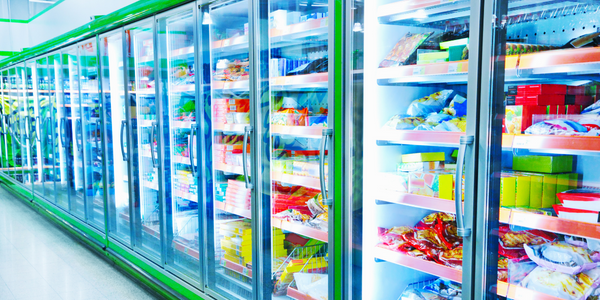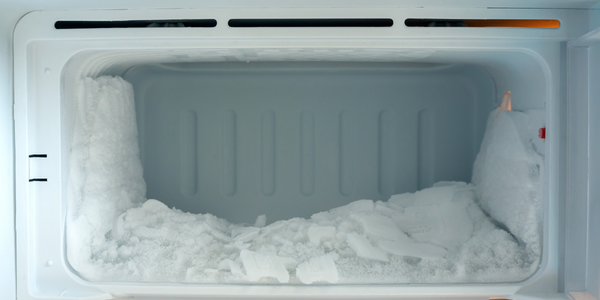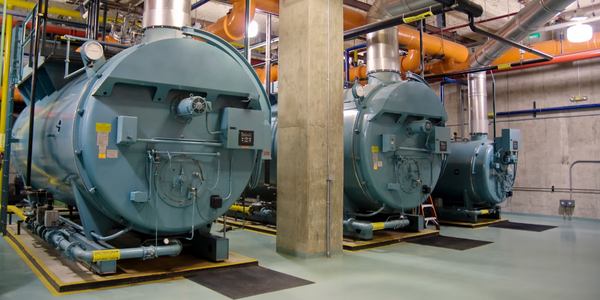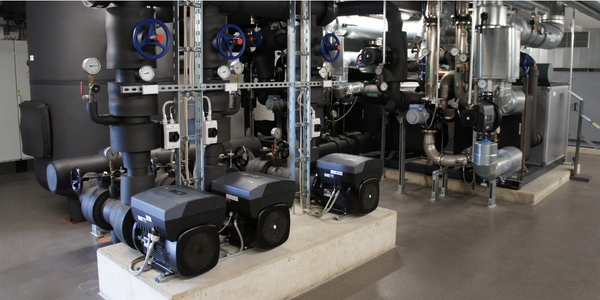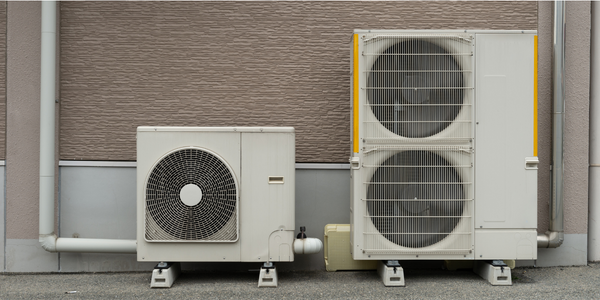6 Types of Temperature Sensors Defined and Use Cases
Temperature sensors are devices on machinery that track ambient temperatures, assess readings, and measure the impact of heat conditions. Temperature sensors are probably one of the most widely used and most helpful on a daily basis for the general public. Most people use them without even thinking about it in the form of their HVAC system. But these sensors go far beyond merely keeping us comfortable.
Enter the world of industrial temperature sensors. These quiet little items keep the world of machinery (in some cases, literally) running smoothly. Let’s draw back the small plastic shelves that protect these temperature sensors and take a look.
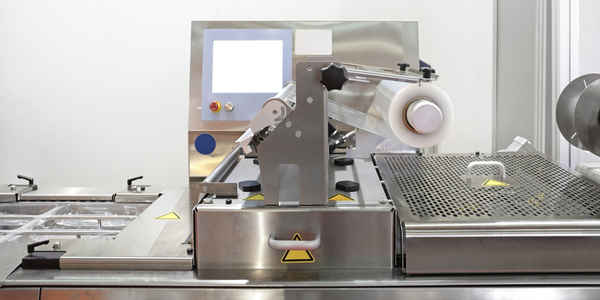
Temperature sensors take into account heat, probe readings, and record temperatures. This data helps manufacturing professionals respond to issues before they occur.
What is a temperature sensor?
In the most elementary terms, temperature sensors are devices that track ambient temperatures, probe readings, and record temperatures. They do this at regular intervals on machinery and equipment. Temperature sensors can be wireless or hardwired into a larger CMMS network for easy access to the readings.
However, that’s only the basics. There are multiple different kinds of temperature sensors and they all do something slightly different. Here are the six major types of temperature sensors and what they do.
Six types of temperature sensors
At first glance, temperature sensors may seem to do all the same thing: measure the temperature. However, there’s actually a wide variety of differences across these sensors.
1. Thermocouple
Thermocouple sensors are voltage devices that work by measuring the differences or fluctuations in the voltage in order to determine the temperature. They offer lower accuracy, but they do work across wider temperature ranges than any of the other temperature sensors.
2. Infrared
Infrared sensors sense a variety of characteristics in their surroundings. When they are temperature infrared sensors, the read-outs focus on the different temperatures of the area or piece of equipment that they are scanning and the motions in their scanning range.
When a company uses infrared sensors, they get a sensor that requires little power, is simply designed and is very portable.
3. Thermometers
Thermometers are the most understandable of temperature sensors in general. They can measure fluid, gas, or solids’ temperature, depending on their application.
A thermometer can make the difference between a smoothly working company and chaos. Just think of what happens when the HVAC units give out.
4. Silicon diode
Silicon diode sensors are a much more specialized type of temperature sensor. They track extreme temperatures, such as the temperature fluctuations that rocket fuel goes through.
5. Resistance temperature detector (RTD)
These sensors correlate the resistance of the RTD element with temperature to measure the temperature. They provide the greatest accuracy and are generally the most expensive.
Resistance temperature detectors are best when high levels of accuracy are needed.
6. Negative temperature coefficient (NTC)
Finally, negative temperature coefficient sensors provide a steady resistance that correlates to changes in temperature. As a rule, the resistance is high at lower temperatures and lessens as it rises.
This is another specialized sensor that’s used in a few, but important, applications.
Popular use cases for temperature sensors
Now that we’ve covered the top sensors, it’s time to see what they can do. What are some common and not-so-common places where temperature sensors are generally used?
Refrigerators
Up first is the ubiquitous refrigerator. If these aren’t working, someone is having a bad day. Small fluctuations can throw the entire unit into freezing up and ruining the contents.
While simpler sensors may be used, specialized companies may need much higher quality temperature sensors, depending on what exactly the refrigerator holds.
Cold storage
Similar to refrigerators, cold storage units depend on these sensors to keep items at different, consistent temperatures. They may be much colder than refrigerators, but the principle remains the same.
A range of sensors are used in cold storage unit monitoring from the general to the highly specific.\
Boilers
On the opposite side of the heat spectrum are boilers. Everyone agrees that boilers need monitoring of some sort. And that’s what a temperature sensor does best.
The nature of boilers makes it very advisable to have up to date sensors!
Bearings
A lesser-known application of temperature sensors is in the different kinds of bearings that machinery depends on. In these cases, the sensors generally measure the heat that is a result of too much or too little friction.
HVAC
As has been mentioned before, HVAC sensors and interfaces are one of the most common sensors that people experience.
Because these systems have been around for some time, they may be outdated and underperforming. It’s a good idea to take a look at older systems and see if they are still up to spec.
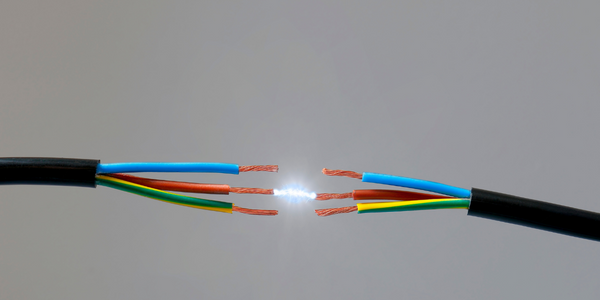
Electrical
Electrical systems may also use temperature sensors as a part of their monitoring and maintenance. Poor electrical connections create heat, which is a sign that things are not going as they should.
Unlike other manual methods, a sensor can pick up on this much faster and alert the proper people

IT
IT isn’t exactly a field that most people think of when they think of things that are heat or cold-sensitive. However, server banks, computer components, and other devices do need to be kept at an optimal temperature range.
And that’s what the sensors attached to them keep track of.
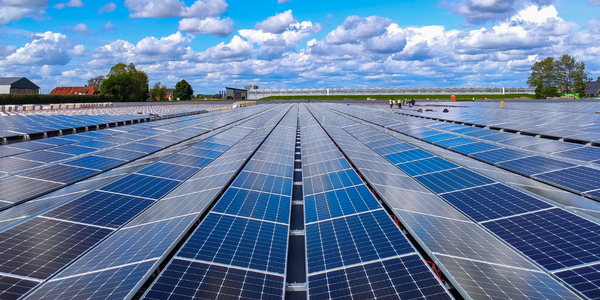
Solar energy
Finally, temperature sensors are used in many solar energy plants and applications. Solar cells that aren’t functioning properly stand out on these devices, enabling maintenance staff to take action.
This may be a case where infrared sensors are used.
A temperature sensor ready for IoT technology
Many of the benefits outlined above only start when you can both access and read the data that these sensors gather. In the past and in some cases today, this could only be done at the sensor itself. This isn’t much of an issue if you are only running a few sensors. However, the more sensors you use, the more you need a central database.
UpKeep’s long-range wireless temperature sensors are set up to accomplish just that. Its simple interface, alongside unique customization, ensures that you can monitor your temperature readings quickly and easily.
The Final Readout
The field of temperature sensors is rapidly developing and changing to fit the needs of today. It’s a truly exciting time for companies that need and use these devices on a daily basis. It’s almost certain that more temperature sensors will be developed and deployed in the near future.
However, today the sensors are much more powerful than even the sensors of five years ago and companies are taking advantage of that. With the advent of the Internet of Things and smart sensors, there are very few limits on what temperatures can and cannot be monitored today.
And that’s perhaps the most exciting thing of all.
Want to keep reading?
What are common use cases for using a temperature sensor in predictive maintenance?
The 6 Sensors for Predictive Maintenance That Optimize Repair Timelines
How are sensors used in predictive maintenance?
4,000+ COMPANIES RELY ON ASSET OPERATIONS MANAGEMENT
Leading the Way to a Better Future for Maintenance and Reliability
Your asset and equipment data doesn't belong in a silo. UpKeep makes it simple to see where everything stands, all in one place. That means less guesswork and more time to focus on what matters.

![[Review Badge] Gartner Peer Insights (Dark)](https://www.datocms-assets.com/38028/1673900494-gartner-logo-dark.png?auto=compress&fm=webp&w=336)

